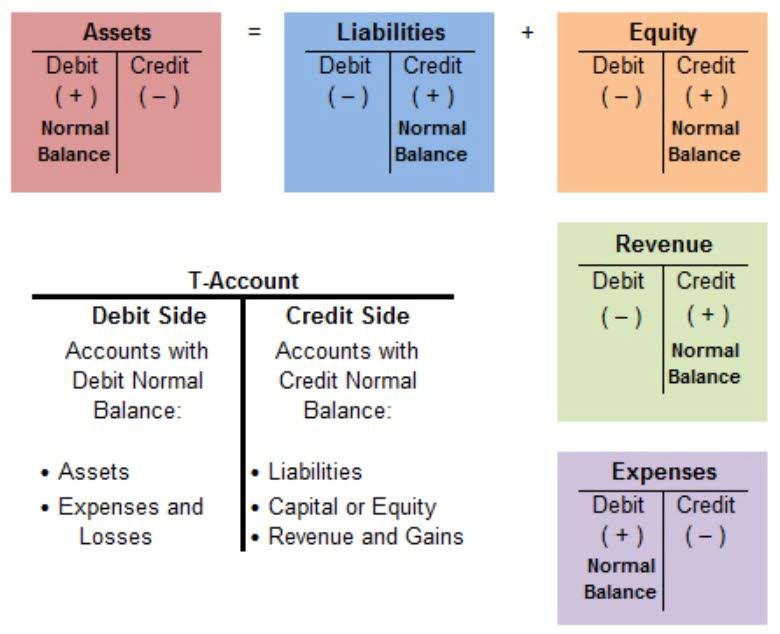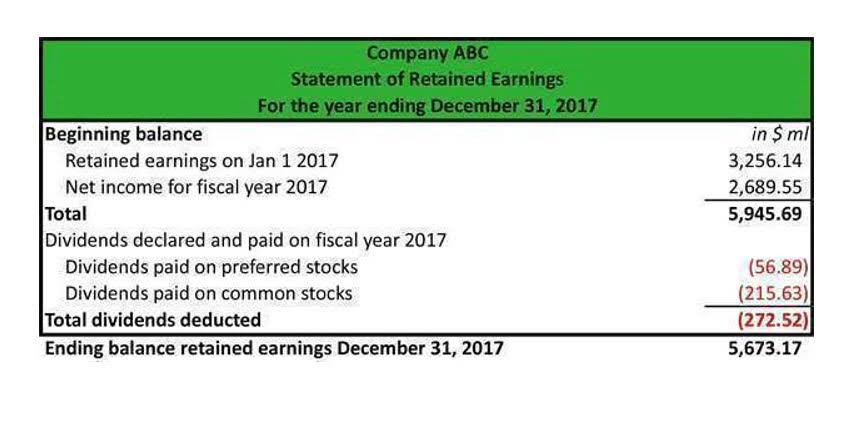
The former is the most straightforward method as they can be added to follow the pitch line of the roof. This type of window is the most economic, and more likely to be allowed without planning permission. The new floor joists of your loft conversion will also need to offer at least 30 minutes’ worth of unearned revenue fire protection, which could mean replastering the ceilings in those first floor rooms below. However, if your loft conversion transforms a two-storey house into a three-storey home, you should also be aware that escape windows that are over 4.5m from ground level are not viable. Instead, the building regs require a protected stair enclosure that leads right down to the final exterior door. Another alternative is a specialist loft conversion design and build company – particularly useful if you’re not looking to project manage your build and need to hand over the reins to someone else.

How Does Automation Affect Conversion Cost? – The Importance of Conversion Cost in Accounting
- However, if your loft conversion transforms a two-storey house into a three-storey home, you should also be aware that escape windows that are over 4.5m from ground level are not viable.
- On top of that, they also cover other areas, such as reporting and presentation.
- The standard cost method assigns the standard conversion cost per unit to both the COGS and the inventory valuation, and reports the variance as a separate item in the income statement or the balance sheet.
- When adding the extra weight of a loft conversion to an existing home, it’s important to be aware that this can put extra stress on the foundations.
- The 5A uses only packaging sleeves as its direct material, while other types may also include nylon, felt, and/or the ingredients for the proprietary handgrip.
- They can also compare the conversion costs and per unit costs of different products, departments, or periods, and identify the areas of improvement or inefficiency.
- Attic bathrooms are not required to have a window providing the extract fan can provide rapid ventilation.
For the past 52 years, Harold Averkamp (CPA, MBA) hasworked as an accounting supervisor, manager, consultant, university instructor, and innovator in teaching accounting online. For the past 52 years, Harold Averkamp (CPA, MBA) has worked as an accounting supervisor, manager, consultant, university instructor, and innovator in teaching accounting online. Once the work is finished, you will be able to return to a standard policy, but do make sure your provider is aware of the additional space created and value added to your home. Existing soil pipes are likely to be vented above roof level and it may be possible to make a connection into this, or into another soil pipe on the floor below.

Prime cost formula

Focusing on conversion costs these costs helps identify inefficiencies and improve product quality. Conversion costs are essential for evaluating the efficiency and profitability of manufacturing processes. They directly influence product pricing and financial performance, guiding companies in resource allocation and process improvements. Conversion costs include both direct and indirect production expenses, such as labor, overhead, and other indirect costs directly related to manufacturing activities. Loft conversion costs can vary from around £18,000 to as high as £90,000. Costs will be significantly lower where you’ve got a suitably spacious loft to start with, and for simpler designs such as rooflight loft conversions.
- How to use conversion cost for management purposes, such as setting prices, budgeting, and performance evaluation.
- Automated systems can generate reports that are easy to read and understand, making it easier to communicate with investors and other stakeholders about how costs are being managed.
- Managers can then use this information to allocate resources, set goals, reward or motivate the workers, or make outsourcing or insourcing decisions.
- This has increased the speed and accuracy of calculations and reduced the time required to complete the process.
- Direct labor costs are the wages and benefits paid to the workers who directly work on the product.
- As you have learned, equivalent units are the number of units that would have been produced if one unit was completed before starting a second unit.
How Are Conversion Costs Different from Prime Costs?

Direct labor is the cost that a manufacturing entity incurs for wages, salaries and benefits provided to Sales Forecasting production workers i.e., the workers who directly and physically handle the manufacturing process in a facility. Examples of direct labor workers include welders, machine operators, assemblers and painters etc. The two components of prime cost formula are direct materials and direct labor. Overhead costs are expenses used to produce products that can’t be attributed directly to a production process.
- Consequently, entities typically refer to the principles of revenue recognition to determine when inventory should be recognised.
- Foreign transaction fees can add up quickly, but there are steps you could take to possibly avoid them.
- These costs can’t be traced back to a single unit in the production process.
- The conversion cost affects both the COGS and the inventory valuation, depending on the method used to calculate it.
Manufacturers can attract more customers and increase market share by offering products at a lower cost than their competitors. Remember, these are just a few strategies to improve conversion cost efficiency. Each business is unique, and it’s essential to analyze data, experiment, and iterate to find the most effective approaches for your specific goals and target audience. A positive variance indicates that the actual conversion costs exceeded the budgeted costs, while a negative variance suggests that the actual costs were lower than the budgeted costs.